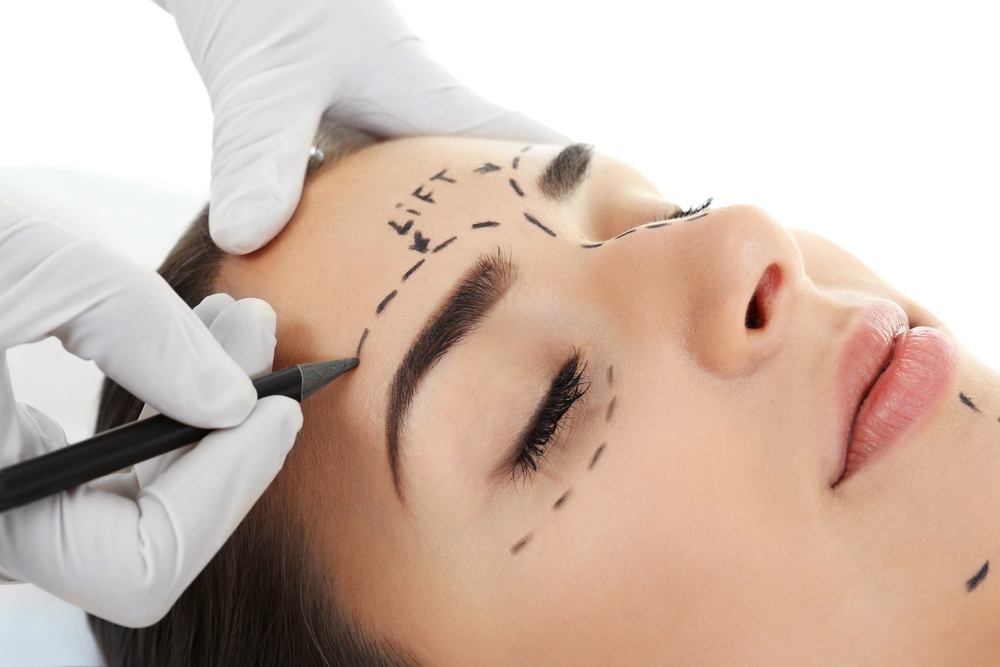
En proceso cirugía de levantamiento de cejas Puede ser un paso importante en su camino hacia la afirmación de género, ya que le ayudará a crear una apariencia facial más alineada que refleje su verdadero yo. Sin embargo, el éxito de su cirugía no depende solo del procedimiento en sí; el cuidado posterior adecuado es crucial para lograr los mejores resultados y garantizar una recuperación sin problemas. Esta guía le explicará todo lo que necesita saber sobre el cuidado posterior a la cirugía de levantamiento de cejas, con un enfoque en las necesidades únicas de las personas transgénero. Si sigue estas recomendaciones, podrá apoyar su proceso de curación y disfrutar al máximo de los beneficios de su cirugía.
Tabla de contenido
Entendiendo la cirugía de levantamiento de cejas
Antes de sumergirnos en los cuidados posteriores, es importante tener una comprensión básica de lo que implica la cirugía de levantamiento de cejas. levantamiento de cejasEl lifting de frente, también conocido como lifting de frente, consiste en reposicionar las cejas y suavizar las arrugas de la frente para crear una apariencia más juvenil y renovada. En el caso de las personas transgénero, este procedimiento suele ser parte de una cirugía de feminización o masculinización facial, que ayuda a lograr una forma de cejas más tradicionalmente femenina o masculina.
La cirugía se puede realizar mediante diversas técnicas, como el levantamiento de cejas coronal tradicional, el levantamiento de cejas endoscópico o el levantamiento de cejas temporal. La técnica específica utilizada influirá en el proceso de recuperación, pero en general, los principios de cuidados posteriores se mantienen constantes.
Cuidados postoperatorios inmediatos
Las primeras 24 a 48 horas después de su cirugía de levantamiento de cejas Son fundamentales para preparar el terreno para una recuperación exitosa. Durante este tiempo, deberá descansar y seguir de cerca las instrucciones de su cirujano.
1. Cómo controlar la hinchazón y los hematomas
Es común que aparezcan hematomas e hinchazón después de una cirugía de levantamiento de cejas, especialmente alrededor de la frente, los ojos y las cejas. Para minimizar estos efectos, debe:
- Aplicar compresas frías:Use compresas frías o bolsas de hielo envueltas en un paño sobre la frente y alrededor de los ojos durante 10 a 15 minutos cada vez. Esto puede ayudar a reducir la hinchazón y aliviar las molestias.
- Mantén la cabeza elevada:Dormir con la cabeza elevada sobre varias almohadas o en un sillón reclinable puede ayudar a reducir la hinchazón al promover una circulación sanguínea adecuada. Evite acostarse en posición horizontal durante los primeros días.
2. Manejo del dolor
Es normal sentir algo de dolor o malestar después de la cirugía de levantamiento de cejas. Es probable que el cirujano le recete analgésicos para ayudar a controlarlo. Tome sus medicamentos según las indicaciones y evite los analgésicos de venta libre, como la aspirina, que pueden aumentar el riesgo de sangrado.
3. Cuidado de las incisiones
Su cirujano le dará instrucciones específicas sobre cómo cuidar sus incisiones. Estas pueden incluir:
- Mantener el área limpia y seca:Limpie suavemente las zonas de incisión con agua y jabón suave según las indicaciones del cirujano. Seque la zona con una toalla limpia.
- Evitar la luz solar directa: Proteja sus incisiones de la luz solar directa, ya que la exposición a los rayos UV puede causar hiperpigmentación y afectar el proceso de curación. Si necesita salir al exterior, use un sombrero de ala ancha o protector solar con un FPS alto.
La primera semana de recuperación
La primera semana después de la cirugía de levantamiento de cejas es un período crucial para la curación. Durante este tiempo, es probable que tenga citas de seguimiento con su cirujano para controlar su progreso y quitar cualquier sutura o grapa.
1. Descanse y limite la actividad física
Es importante descansar lo máximo posible durante la primera semana de recuperación. Evite realizar actividades extenuantes, levantar objetos pesados o agacharse, ya que estas acciones pueden aumentar la presión arterial en la cabeza y potencialmente provocar complicaciones.
2. Vigile los signos de infección
Si bien las infecciones son poco frecuentes, es fundamental estar alerta y controlar las incisiones para detectar cualquier signo de infección, como mayor enrojecimiento, calor, hinchazón o secreción. Si nota alguno de estos síntomas, comuníquese con su cirujano de inmediato.
3. Siga una dieta saludable
Llevar una dieta equilibrada rica en vitaminas y minerales puede ayudar al proceso de curación del organismo. Concéntrese en alimentos ricos en nutrientes, como frutas, verduras, proteínas magras y cereales integrales. Mantenerse hidratado bebiendo abundante agua también es fundamental para la recuperación.
Cuidados posteriores y curación a largo plazo
A medida que avance hacia la segunda semana y más, su recuperación continuará y comenzará a ver todos los beneficios de su cirugía de levantamiento de cejas. Sin embargo, el cuidado posterior adecuado sigue siendo importante durante esta fase para garantizar resultados óptimos.
1. Reanude sus actividades normales gradualmente
Alrededor de las dos semanas, es posible que puedas retomar gradualmente tus actividades normales, incluido el ejercicio ligero. Sin embargo, es importante que escuches a tu cuerpo y evites esforzarte demasiado. Si sientes alguna molestia o hinchazón, tómate un descanso y consulta con tu cirujano.
2. Manejo de cicatrices
Con el tiempo, las incisiones sanarán, pero es importante tomar medidas para minimizar las cicatrices. El cirujano puede recomendar el uso de láminas de silicona, cremas para cicatrices o masajes suaves para ayudar a mejorar el aspecto de las cicatrices. Tenga en cuenta que pueden pasar varios meses hasta que las cicatrices maduren por completo y desaparezcan.
3. Evite fumar y beber alcohol
El consumo de tabaco y alcohol puede afectar negativamente el proceso de curación al reducir el flujo sanguíneo y aumentar el riesgo de complicaciones. Es mejor evitar estas sustancias durante la recuperación y después de ella para favorecer la salud general.
Consideraciones psicológicas y emocionales
En proceso cirugía de levantamiento de cejasEl cambio de sexo, en particular como parte de la afirmación de género, es una experiencia profundamente personal que puede tener importantes impactos psicológicos y emocionales. Es importante cuidar su bienestar mental y emocional durante su recuperación.
1. Permítete tiempo para adaptarte
Es normal sentir una variedad de emociones después de la cirugía, desde emoción hasta ansiedad. Tómese el tiempo necesario para adaptarse a su nueva apariencia y sea paciente con el proceso de curación. Recuerde que la hinchazón y los moretones disminuirán y los resultados finales se harán más evidentes con el tiempo.
2. Busque apoyo
Si se siente abrumado o ansioso, considere buscar el apoyo de amigos, familiares o un profesional de la salud mental. Hablar sobre sus sentimientos puede ayudarlo a procesar sus emociones y atravesar el período posoperatorio con mayor tranquilidad.
3. Celebre su progreso
Tómate un tiempo para celebrar tu progreso y los pasos que has dado en tu camino hacia la afirmación de género. Cada hito, sin importar lo pequeño que sea, es un testimonio de tu coraje y compromiso de vivir como tu verdadero yo.

